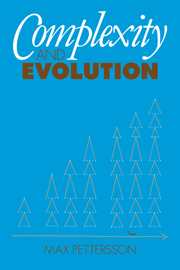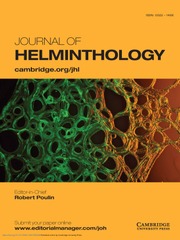Complexity and Evolution
This unique book ranges across the physical, biological and social sciences in the development of its primary theme, that there are nine major 'integrative levels' which can be recognised. The term integrative levels was first used by Joseph Needham in 1937 and has two key features. The first is that members of a given integrative level are unified entities and the second is that a member of one level is commonly composed of parts which are members of the next lower level. Thus fundamental particles form Level 1 while Level 9 is that of sovereign states. This theme has been developed by Max Pettersson in a book which explores the many links between the physical, biological and social sciences, reaching wide-ranging and sometimes unexpected conclusions.
Product details
March 2011Adobe eBook Reader
9780511884641
0 pages
0kg
This ISBN is for an eBook version which is distributed on our behalf by a third party.
Table of Contents
- Foreword by Joseph Needham
- Preface
- Acknowledgements
- 1. Natural and other hierarchies
- 2. Major integrative levels
- 3. Some logarithmic forms of display
- 4. Physical range of integrated natural entities
- 5. Biological range of integrated natural entities (part one)
- 6. Biological range of integrated natural entities (part two)
- 7. Social range of integrated natural entities
- 8. Human societies (part one)
- 9. Human societies (part two)
- 10. Acceleration in evolution
- 11. Further allied accelerations
- 12. Aspects of number
- 13. Aspects of man
- 14. Positive skewness
- 15. Quantitative conclusions
- Bibliography
- Index.




